Jill On Money: Are we getting used to high prices?
Something interesting is emerging when it comes to the next chapter of the inflation story.
For context, in the decade before COVID-19, the annual inflation rate (as measured by the Consumer Price Index (CPI)) ran at about 2 percent. When the global economy shut down and commerce essentially halted due to the pandemic, the annual inflation rate bottomed at 0.1% (May 2020).
As the economy opened in fits and starts – and the global supply chain was gnarled up, inflation accelerated in a big way. It took 15 months for the rate to peak at 9.1% in June 2022, before retreating to 3% a year later.
But despite the Fed hiking interest rates to two-decade highs, progress on bringing down inflation has slowed down to a crawl over the past 18 months. From June 2023-June 2024, the annual rate bounced between 3 to 3.5% and over the past six months, we have seen the rate fluctuate between 2.4 and 3%.
With that backdrop, it was hard to get fired up about the November CPI, which showed an acceleration in prices during the month, pushing the annual rate up by a tenth of percentage point to 2.7 from 2.6% in October.
Cue the sad trombone. But the news wasn’t all bad. For most of the year, the biggest contributor to the elevated inflation rate has been shelter. According to the government, the cost of housing increased by 4.7% from a year ago, accounting for nearly 40% of the increase in overall prices last month.
Although housing inflation remains above the average 3.3% annual increase in the five years before the pandemic, it continues to decelerate from a four-decade peak of 8.2% in 2022.
What seems different now is that while we all whine about prices, there has been a shift from the general negativity that infused the election polling about the economy overall and inflation in particular.
A new survey from the Federal Reserve Bank of New York showed that consumers believe that the inflation rate will remain at about these levels in the coming years.
However, they also expressed optimism about their personal financial situations. Notably, the share of those who expect to be worse-off dropped and households put lower prospects on missing debt payments.
There are a few potential explanations for the shift. Perhaps workers are feeling a little less stretched because average annual wages have been rising faster than inflation for most of this year.
Or maybe the 58% of Americans who own stocks are feeling a boost from another double-digit performance year. Or maybe, we are just getting used to prices being higher. Let’s consider this last possibility as “price acclimatization.”
I am not a rock climber, nor have I ventured into high altitudes for long, but I did read “Into Thin Air” by Jon Kraukauer, which introduced me to the concept of acclimatization, the methodical process of allowing your body to adapt to less oxygen at higher altitudes.
What if part of our ability to better absorb higher prices is due to the fact that we are acclimatizing to them?
Hey, if you aren’t feeling it, that’s OK too. After all, prices are up by 22.7% from five years ago, compared to an 8.9% increase in the five-year period from 2014-2019, so everyone continues to live with some measure of sticker shock.
That means that you can feel free to whine about egg prices, auto insurance, child care, or any other category. But don’t be surprised if someday soon you don’t feel quite as agitated about prices.
_____
_____
========
(Jill Schlesinger, CFP, is a CBS News business analyst. A former options trader and CIO of an investment advisory firm, she welcomes comments and questions at askjill@jillonmoney.com. Check her website at www.jillonmoney.com)
©2024 Tribune Content Agency, LLC
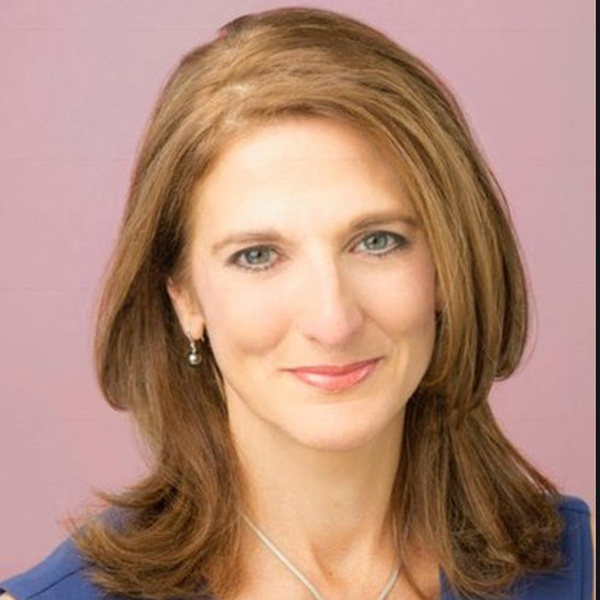






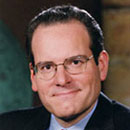
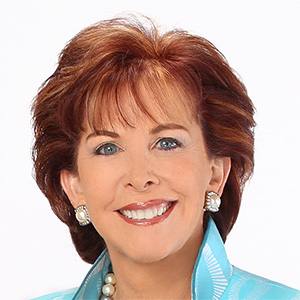
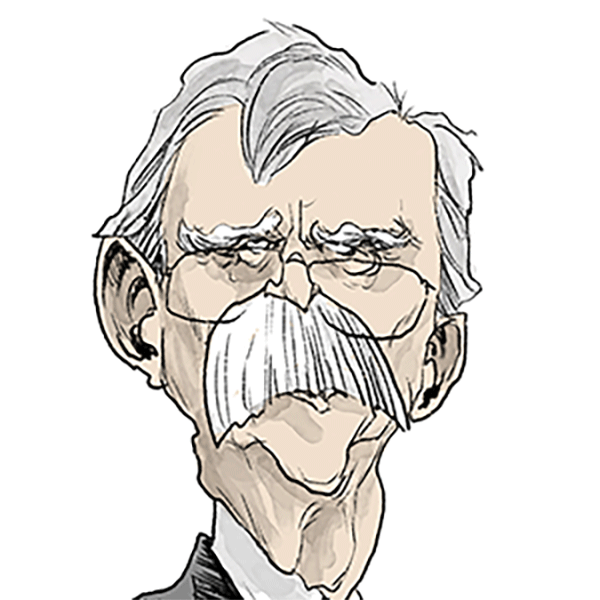




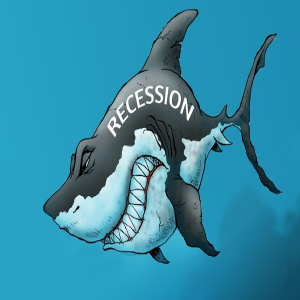
Comments